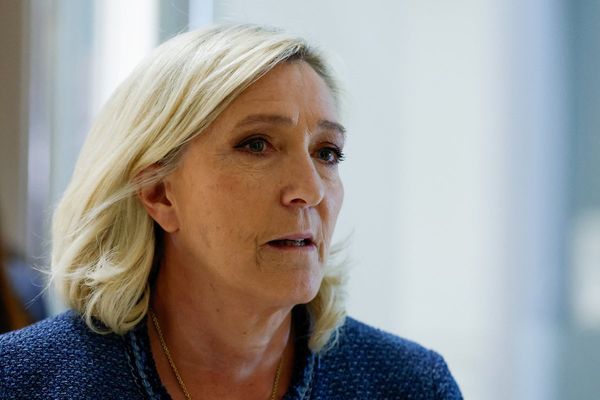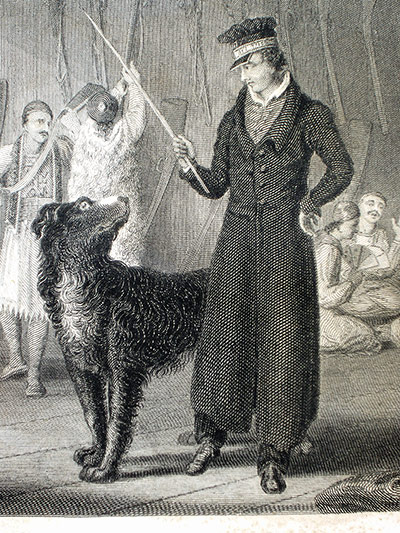
Rake, revolutionary and the original literary celebrity, Byron's constant companions were poetry and dogs. This famous engraving captures the poet communing with his Newfoundland, Lyon, during his disastrous escapade in Missolonghi. Lyon was always at Byron's side during the expedition to attack the Turkish-held fortress of Lepanto, where according to Parry he would play with his dog and say ‘Lyon you are no rogue, thou art more faithful than men and I trust thee more’ Photograph: Robert Seymor
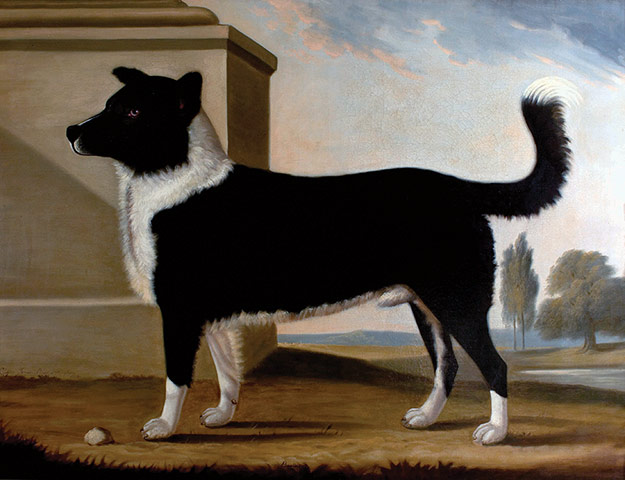
Byron's most famous dog was another Newfoundland called Boatswain, who he seems to have acquired in 1803 when the poet was 15 years old. This life-size portrait was painted by the Nottingham animal and sporting artist Clifton Tomson, and hangs at Byron's ancestral home, Newstead Abbey Photograph: Nottingham City Museum and Galleries
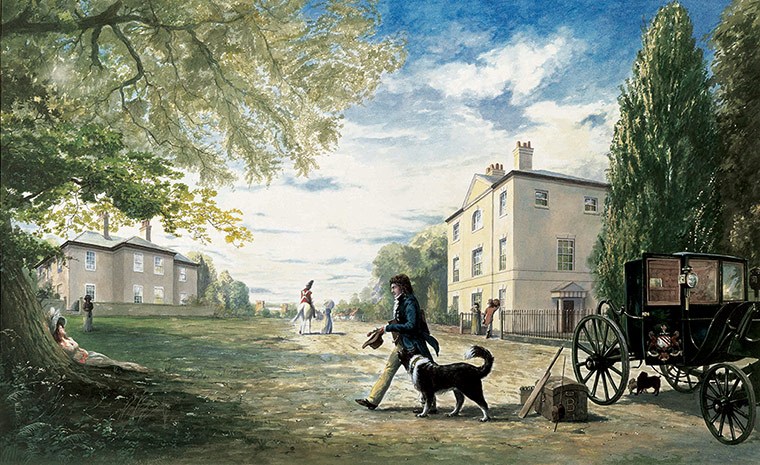
While Byron was at Harrow school and Trinity College, Cambridge, he lived with his mother at Burgage Manor in Nottinghamshire while Newstead Abbey was rented out. Here McCann imagines Byron and Boatswain together in front of the manor house Photograph: Nick McCann
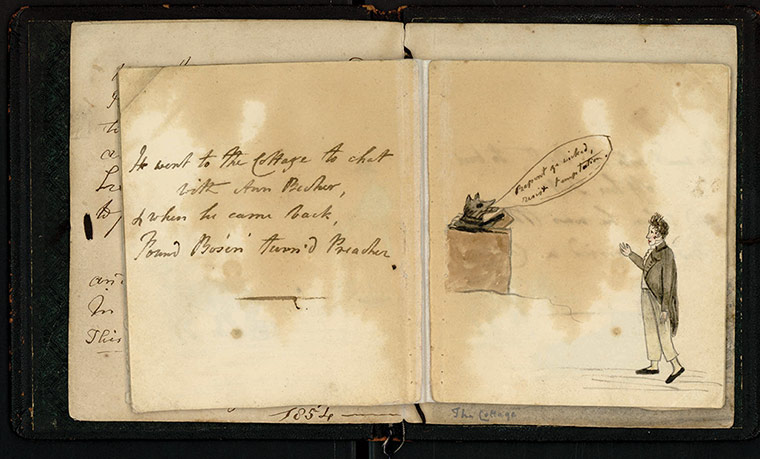
Elizabeth Pigot was like an older sister to Byron while he was growing up in Nottinghamshire, encouraging him in the writing of his early poetry. This parody of Old Mother Hubbard tells the story of the poet and his dog Boatswain. Here we see Boatswain turned vicar, after Byron visits the house of Reverend Thomas Beecher.
'He went to the Cottage to chat
with Ann Beecher,
& when he came back,
Found Bo'sen' turn'd Preacher.'
Boatswain says: ‘Repent ye wicked, resist temptation’ Photograph: Harry Ransom Center, The University of Texas at Austin

Byron lived at Newstead Abbey at various times between 1808 and 1814, burying Boatswain here after the dog's death in 1808. The grave is at the centre of this photograph, carved with an epigraph and Byron’s poem paying tribute to ‘the poor Dog, in life the firmest friend, / The first to welcome, foremost to defend, / Whose honest heart is still his Masters own’. His wish to be buried alongside Boatswain was thwarted partly because Newstead Abbey was sold in 1817 Photograph: Nick Hugh McCann
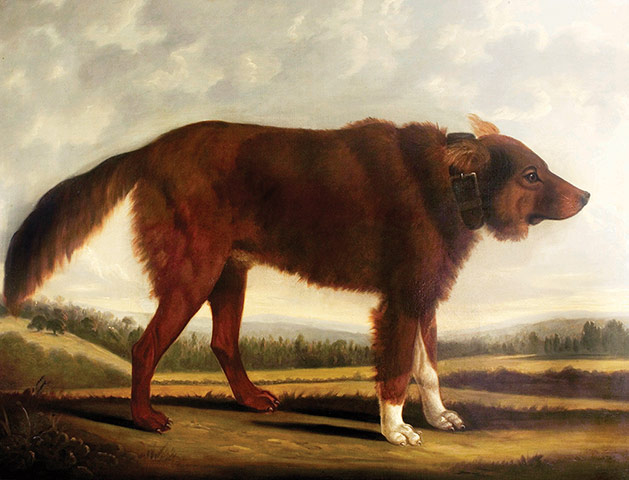
Writing to Thomas Moore in 1815 Byron recalled a dog ‘half a wolf by the “she” side’ that ‘doted’ on him when the poet was 10 years old and ‘very nearly ate me at 20’. Lyon ‘never would consent to any sign of recognition in spite of all kinds of bones which I offered him’, Byron continued, though he clearly thought enough of his 'cur' to commission this portrait Photograph: Nottingham City Museum and Galleries
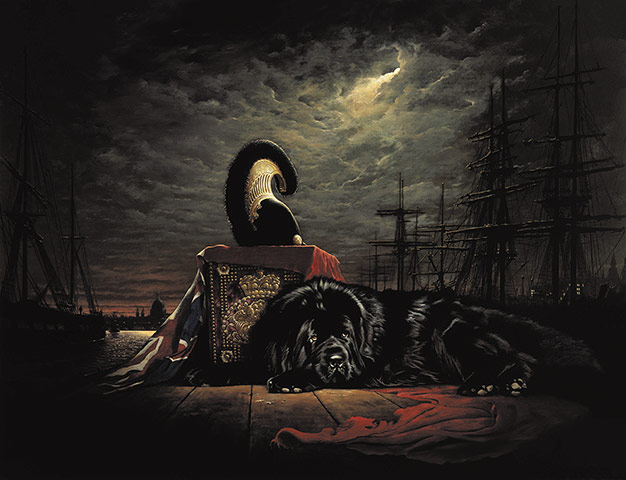
As Byron prepared to set out for Greece in 1823, he was presented with a young Newfoundland. Fifteen years after the death of Boatswain, Byron was delighted, promising ‘never to part with him for any consideration’. Lyon or Lion was at his side throughout his ill-fated Greek adventure, returning to London with the poet’s coffin – as imagined here by Nick Hugh McCann. According to Walter Scott Byron loved his dogs very much, with the novelist suggesting ‘The companionship of a dog seemed to him almost as necessary as a hat or a stick. A man was not complete without a dog and a dog was scarcely complete without a man; Byron agreed with this’ Photograph: Nick Hugh McCann
